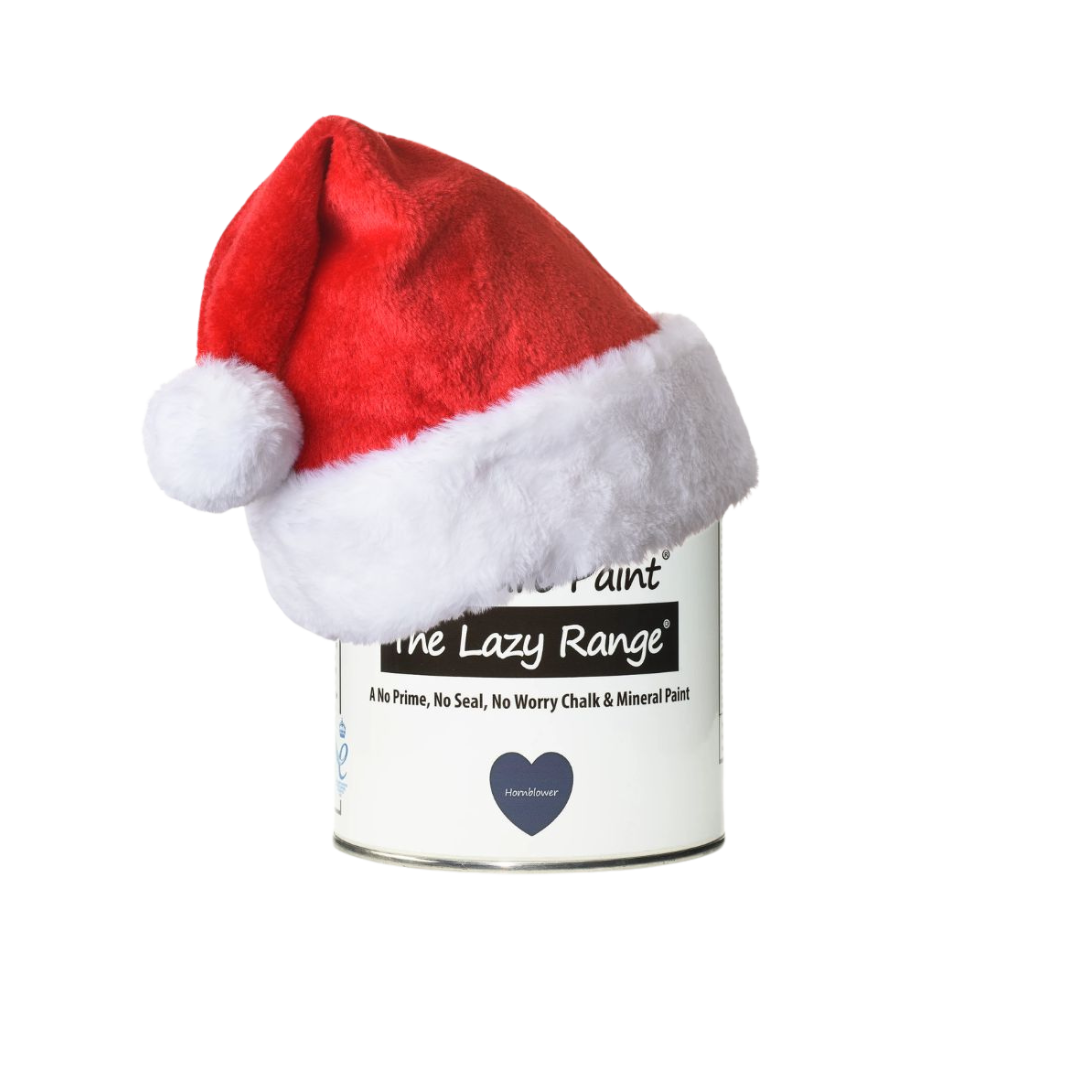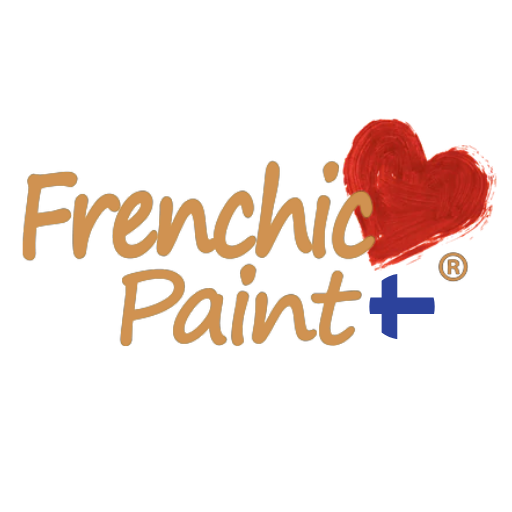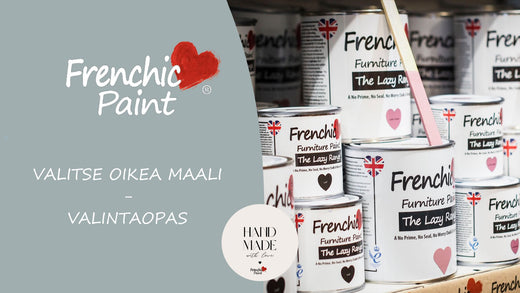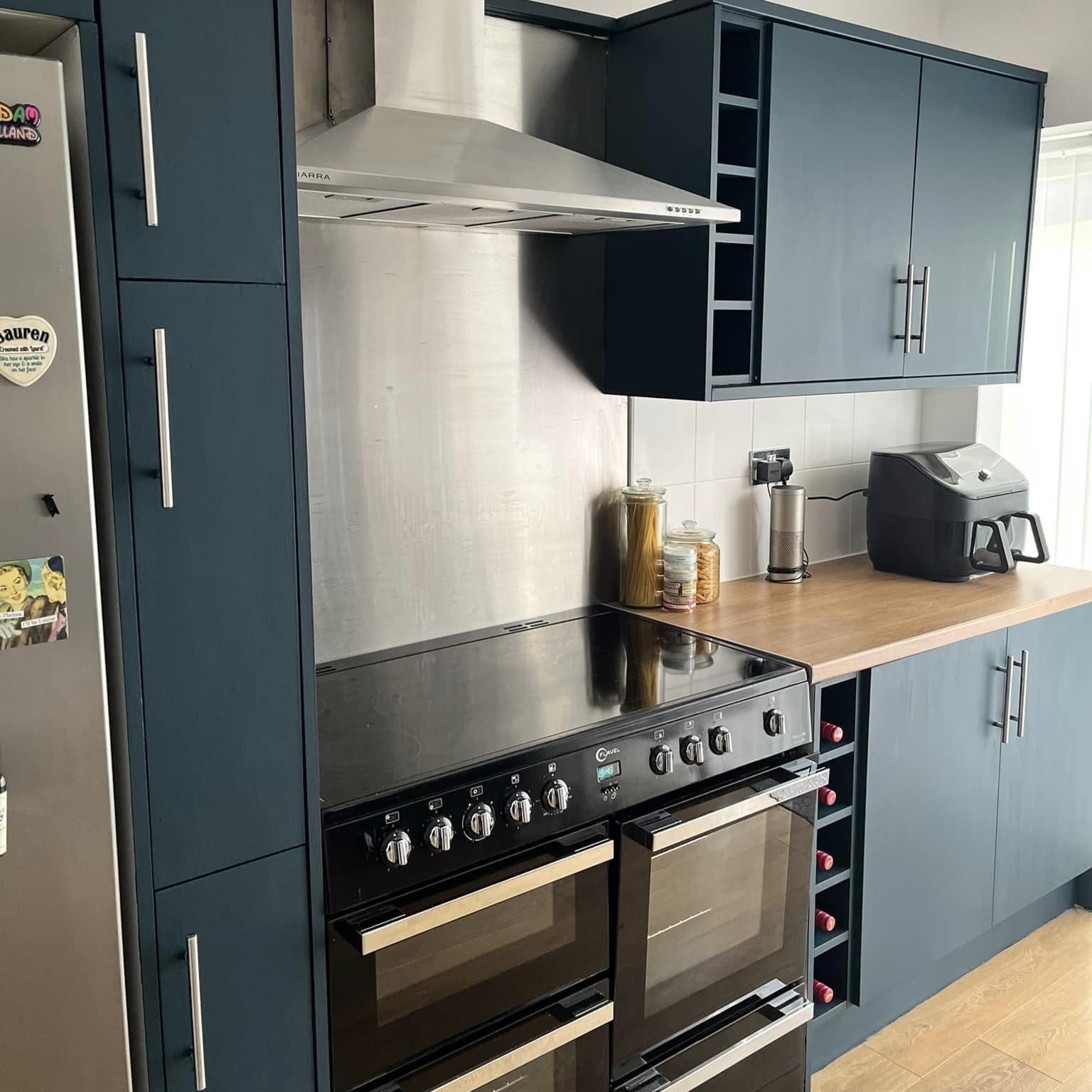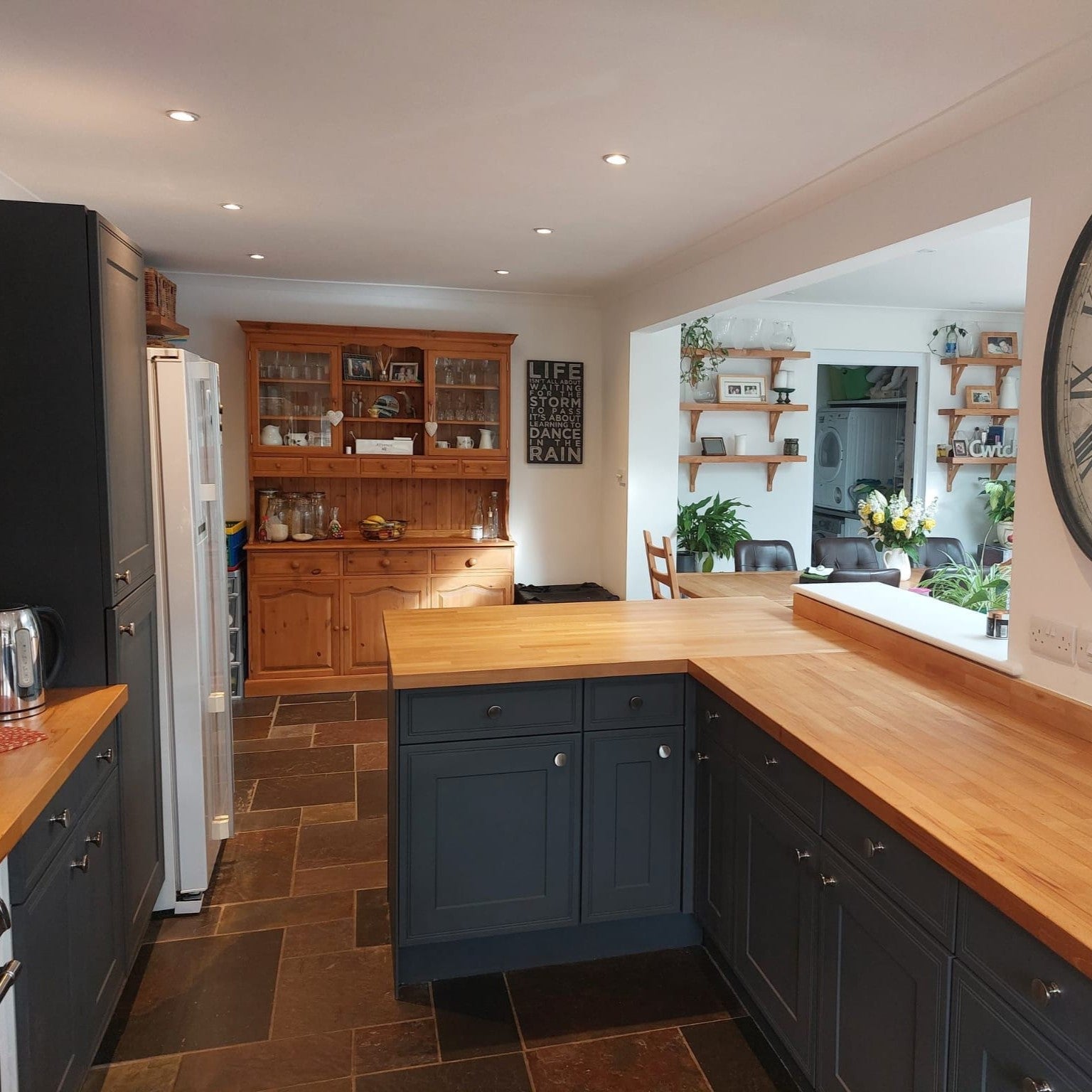One, two, or three paint layers?
Lovely shades and covering paints - Yes - and at the same time, you can read about a couple of variables here!
Highly pigmented Frenchic paints require both careful mixing and at least two paint layers for the manufacturer's intended shade to appear correctly and for durability to be achieved.
And then there are exceptions - as many as there are projects. Read here how to get started with Frenchic paints.
Does your project deviate from the optimal?
The manufacturer has always tested the paints on a smooth, non-absorbent, and neutral-colored surface. According to these tests, the coverage and instructions for the required layers are indicated on the side of the paint can to achieve the correct durability and color shade as intended by the manufacturer.
If your project deviates from these neutral conditions, there may also be variations in coverage and the number of paint layers required.
The importance of mixing paint cannot be emphasized enough; simply shaking the paint can is not enough, and mixing paint does not work with narrow and round "Chinese chopsticks."
When the paint is mixed carefully with a wide spatula scraping the edges and the pigments at the bottom, you get the paint pigments and all the important protective agents evenly spread on the painted surface: a noticeable difference in durability and coverage. If you use an opened paint can after a long time, remember to mix thoroughly.
The base color matters and affects the number of layers
If you paint a base color that deviates from neutral with a completely different shade - the base color can affect the topcoat color reproduction, especially if you paint a dark and strong color with a pastel or otherwise light color. For example, from bright red to light yellow or soft blue.
So paint a strong-colored base first with a neutral gray, so you can use fewer topcoat layers and the new shade will appear correctly. For example, if you paint a white radiator black.
Estimate the shade only after two layers, when dry on the surface
Even if the first layer is already covering, the second layer evens out the color and surface and provides durability against wear. Always paint the second layer as well, even if the surface looks good after the first layer.
"Trust the process"
The first layer can sometimes be intimidating - especially if you paint with too little paint or thinned paint. But it doesn't have to be beautiful or even.
The Frenchic range also includes so-called "gemstone shades," which are made on a clear base. The stunning brilliance of these shades is built up in layers, and the number of layers needed increases if you paint over a white/light base. When painting with these shades, you might need a third layer, especially when painting a white base - depending on the base and your painting technique.
"Gemstone shades" benefit from a dark base - gray is the best option; for example, a medium gray City Slicker or Smudge base reduces the number of topcoat layers. So paint the first layer with gray if your project is challenging in terms of color.
Gemstone shades in the Frenchic series:
- Constance Moss
- After Midnight
- Steel Teal
- Victory Lane
- Liquorice
-
Plum Pudding
- McFee
If a third layer is needed, it is not a defect in the paint, but it can be caused by several factors or their combined effect: your project deviates from the manufacturer's optimal conditions:
- the surface is uneven or grooved = panel or plastered surface
- the surface absorbs paint = clean and new wood surface, sanded wood surface, porous material = wallpaper board or bare MDF board
- the shade difference of the painted surface is large compared to the chosen paint shade = painting a white surface dark or vice versa
- the painted surface has large shade variations = dark knot areas
- the paint has not been mixed sufficiently
- the drying time of the layer has not been followed
- the number of layers can also be affected by the chosen painting technique and painting tools = when spraying, more than two layers may be needed and consumption is always higher than when painting with a brush.
- thinning the paint or applying paint layers that are too thin together with unmixed paint (Frenchic paints do not need thinning)
 Work instructions are available in Finnish on every paint can, as well as on the website, under each color shade.
Work instructions are available in Finnish on every paint can, as well as on the website, under each color shade.
